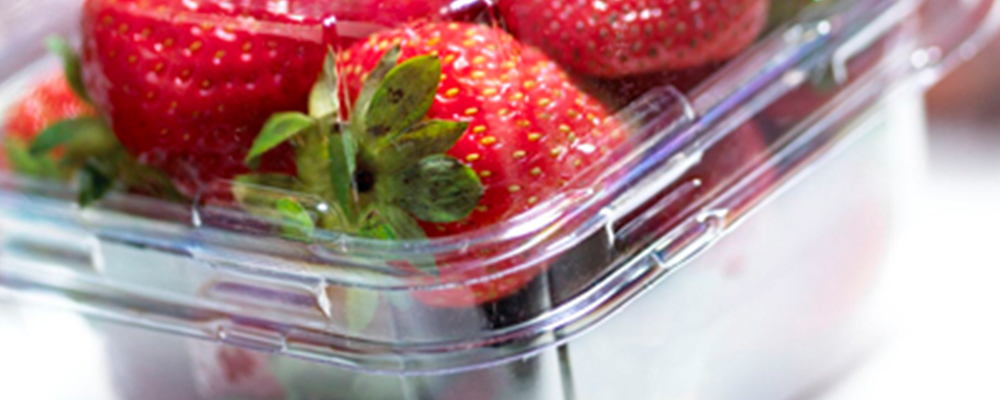
PVC Packaging
PVC, or vinyl, can be shaped by heat. Extrusion, injection, blow moulding and calendering are just some of the fabrication methods used to make packages such as film for food wrap, blister packs for tablets, clear bottles for cordial and vegetable oils, punnets for fruit and vegetables and clam shell casing to protect electronic goods in transit.
PVC has good printability as film; excellent transparency, an ability to seal and sterilise and the ability to blow an integral handle for transparent bottles. It also has good gas transmission, important for some food products.
Many forms of plastic packaging, including PVC, can be recycled. Learn more about recycling.
PVC food contact film
Plasticised PVC film contributes to food safety, both protecting and preserving food. PVC film is successfully used as vacuum packaging for many fresh products including meat and pre-cooked meals. At home, in supermarkets and in catering establishments, food wrap is a widely-used means of food storage and protection.
Some of the many advantages of plasticised PVC cling films include:
- Controlled oxygen and water vapour transmission.
- Cost effectiveness (suitable for use on high-speed packing machines).
- Excellent stretch and recovery characteristics.
- Enhanced food presentation.
- Provision of a contact barrier.
- Excellent cling and seal.
- Puncture resistant.
- Ability to be heat sealed.
- Single polymer packaging rather than mulitlayered composites.
In terms of disposal, most plastics including PVC can be recycled once separated, however, recycling cling wrap after it has been in contact with food is difficult.
Industry Voluntary Commitment
PVC film is a softened, or plasticised material. During manufacture, plasticiser chemicals are added to the PVC resin to provide the flexibility in the final product. In Australia, manufacturers are required by the Food Standards Code to ensure food in contact with packaging is safe. To protect consumers, Standard 1.4.1 - Contaminants and Natural Toxicants sets out the maximum levels of some contaminants that may be present in food as a result of contact with packaging material.
To further reduce consumer concerns, manufacturers of PVC food contact packaging films who are signatories to the Australian industry's PVC Stewardship Program commit to avoid the use of ortho-phthalates - a particular group of plasticiser chemicals - in PVC food contact packaging film supplied to the Australian market because of consumer concern about these substances. Signatories to the voluntary commitment are required to report annually to the Vinyl Council on the use of safe and sustainable additives and are periodically audited under the PVC Stewardship Program.
This voluntary commitment in effect tightens the Australian Standard for Plastics and Food Contact AS 2070 (1999), the standard with which all Australian-made films comply.






